How to Take a Penalty Kick: Expert Tips for Success
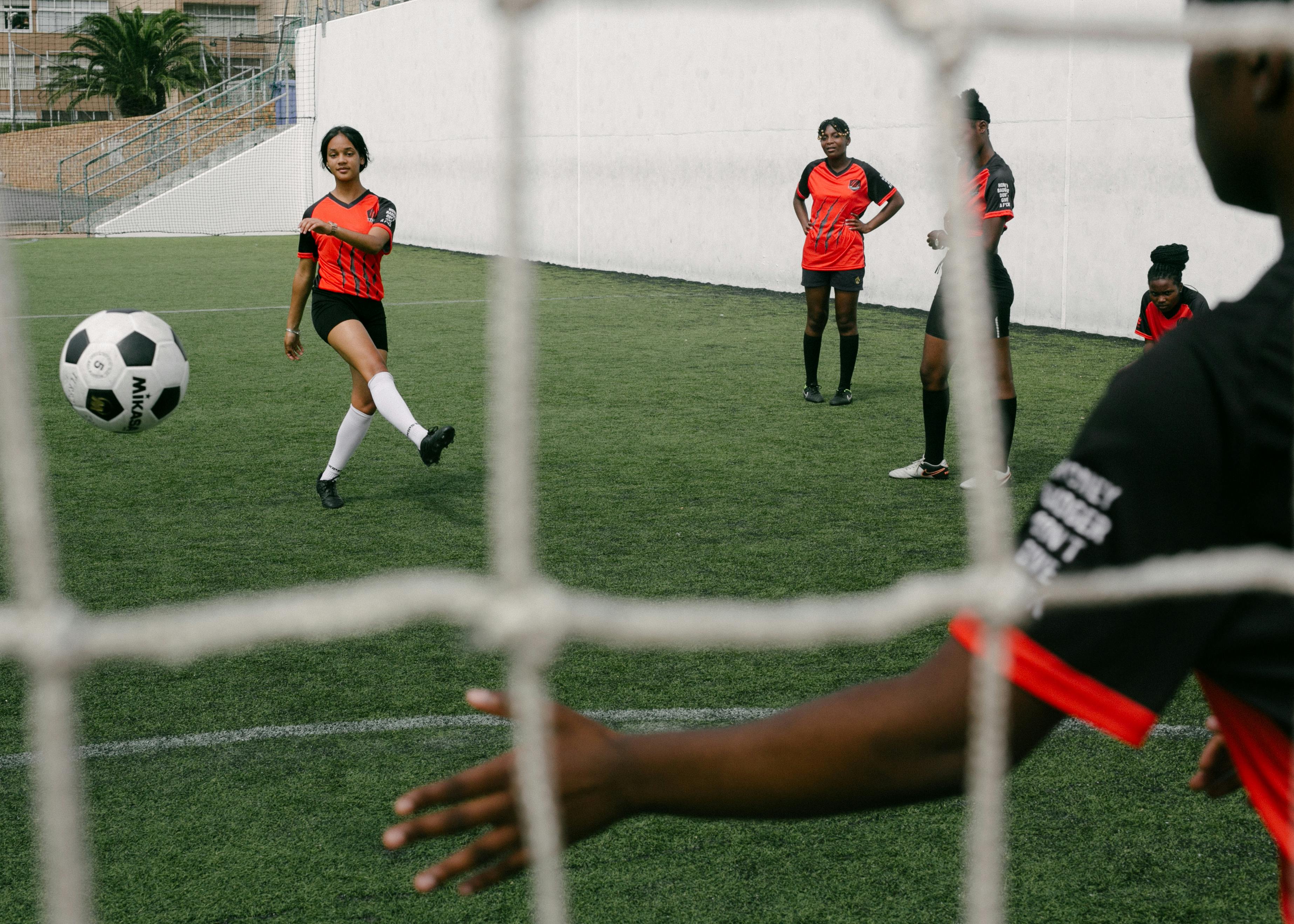
Introduction
Standing at the penalty spot with the game on the line is one of soccer's most pressure-filled moments. Whether you're a beginner looking to master the basics or an experienced player aiming to perfect your technique, knowing how to take a penalty kick effectively can be the difference between victory and defeat.
The penalty kick – a seemingly simple task of striking a stationary ball from 12 yards – is actually a complex blend of technical skill, psychological warfare, and nerves of steel. With goalkeepers stopping only about 20% of penalties, the odds favor the shooter, yet the pressure often leads to surprising misses.
In this comprehensive guide, we'll break down everything you need to know to become a confident and consistent penalty taker, from fundamental technique to advanced psychological strategies used by the world's best players.
Understanding the Psychology of Penalty Kicks
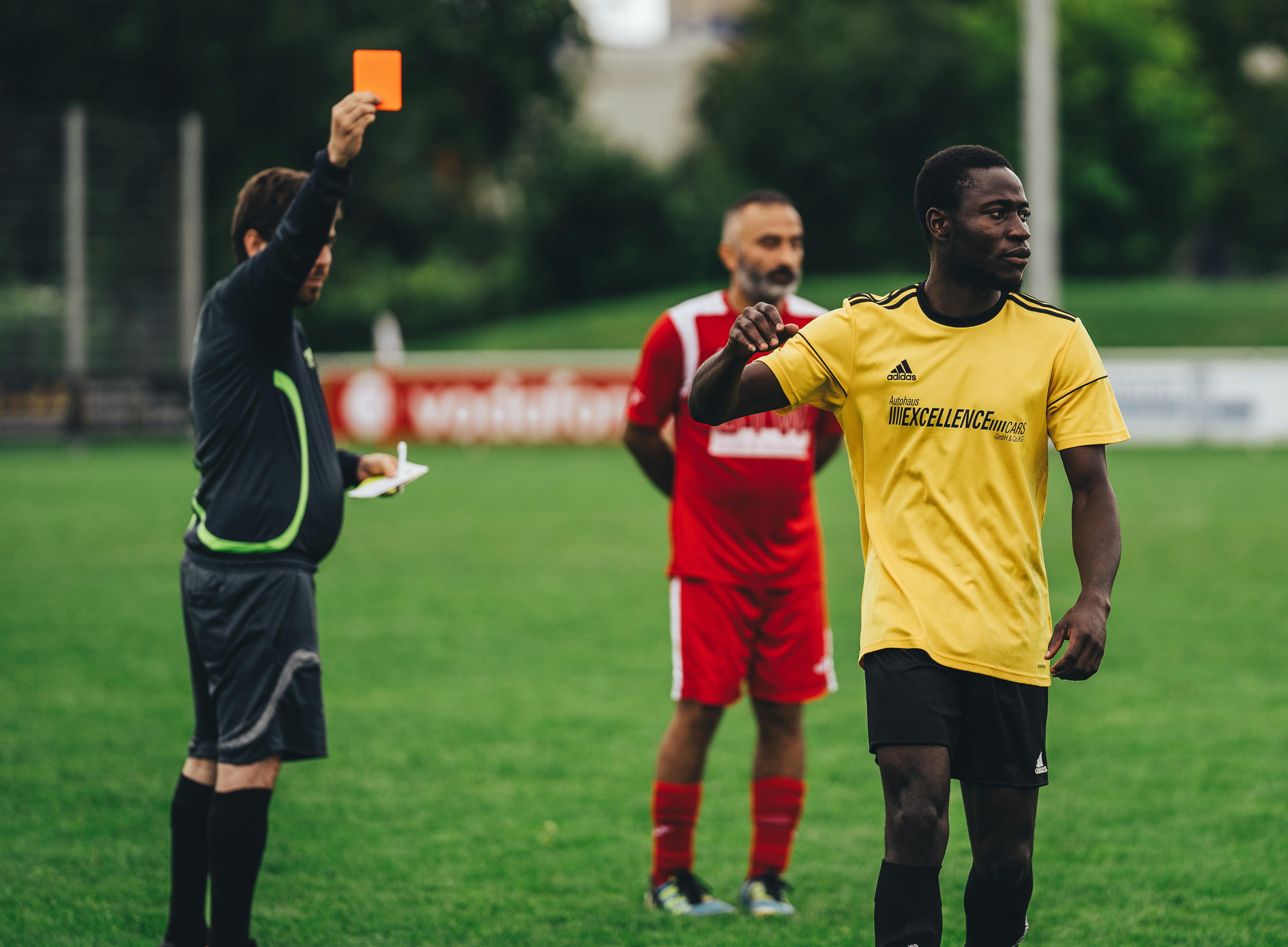
Before diving into technique, it's crucial to understand the mental game that makes penalty kicks so challenging.
The Mental Battle
The penalty kick represents a unique psychological duel between shooter and goalkeeper. Research published in the Journal of Sports Sciences shows that penalty success depends on mental preparation as much as physical execution.
The key psychological factors include:
- Pressure management: Your ability to perform under intense scrutiny
- Decision commitment: Confidence in your chosen shooting direction and technique
- Distraction control: Focusing despite environmental factors, opponent tactics, and internal doubts
Pre-Shot Routine Importance
Developing a consistent pre-shot routine is vital for penalty success. A study of professional penalty takers revealed that players with established routines had significantly higher conversion rates.
Your routine should:
- Create a sense of familiarity and control
- Block out distractions and pressure
- Allow your body to execute the practiced movement automatically
Pro Tip: Keep your routine consistent but avoid being too predictable. Minor variations prevent goalkeepers from timing your approach perfectly.
Essential Preparation Steps Before Taking a Penalty
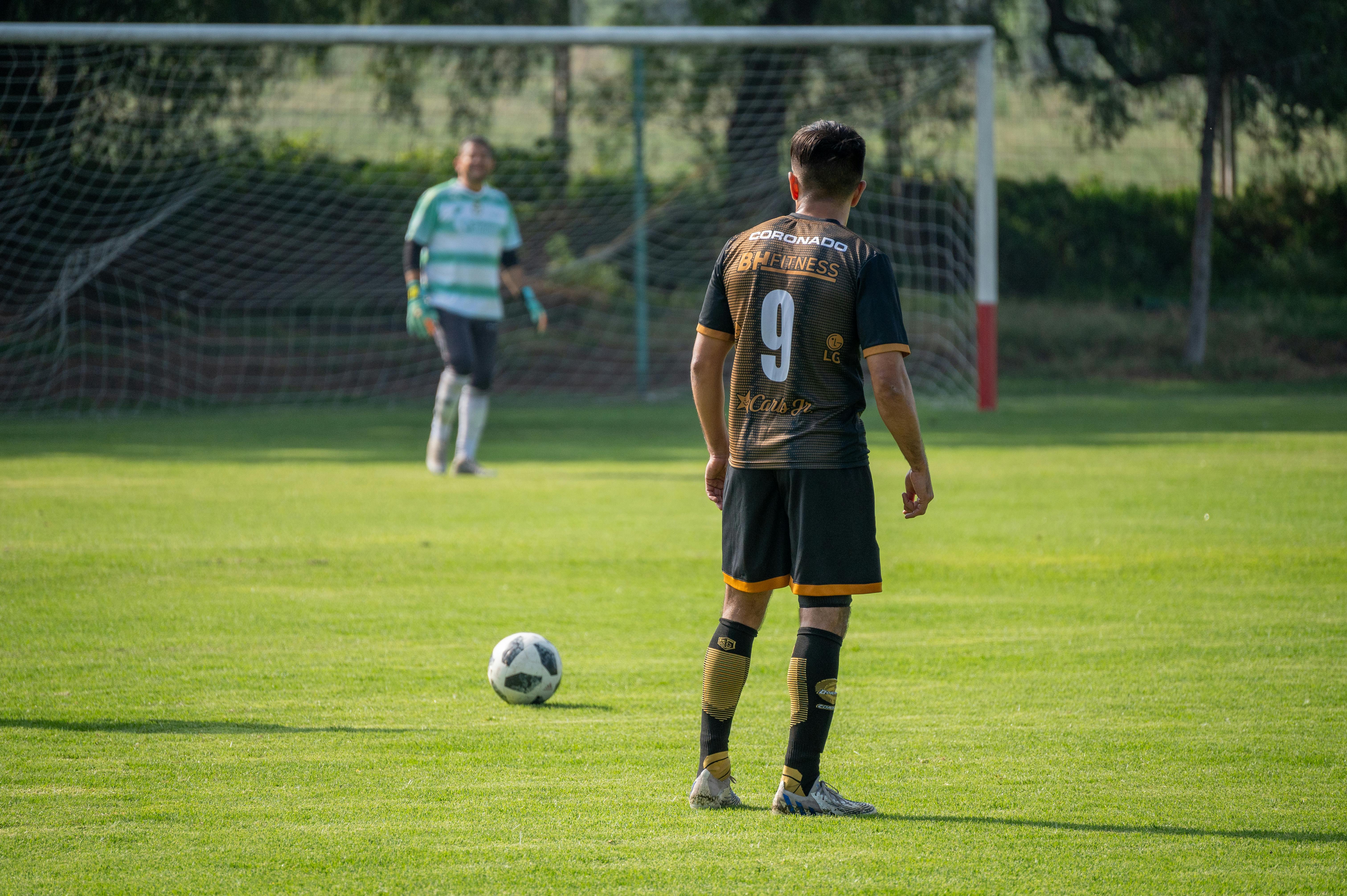
Proper preparation begins long before you step up to the penalty spot.
The Perfect Setup
How you place the ball matters more than most players realize:
- Ball positioning: Place the ball so the valve isn't where you'll strike it
- Distance calibration: Take exactly 5-6 steps back from the ball
- Angle selection: Position yourself straight behind or at a slight angle depending on your technique
Reading the Goalkeeper
Elite penalty takers analyze goalkeeper tendencies before matches. Look for:
- Preferred diving direction
- Pre-dive movement tells
- Reaction vs. anticipation style
For recreational players, even a brief observation of the goalkeeper's stance can provide valuable insights. If they're leaning slightly to one side, consider shooting to the opposite direction.
Learn more about analyzing opponent goalkeepers in our tactical analysis guide.
Perfect Penalty Kick Technique Breakdown
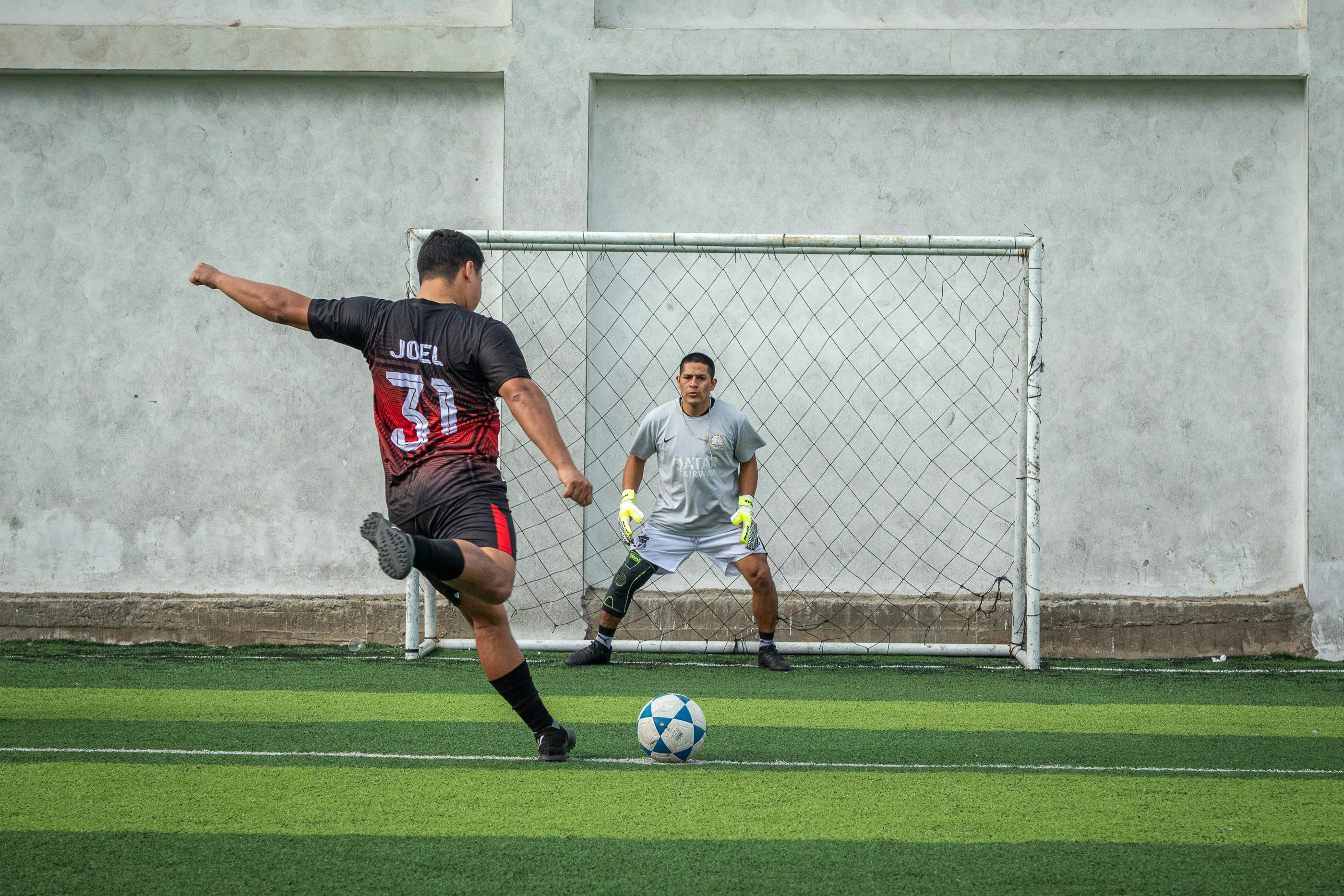
Now for the technical aspects of how to take a penalty kick with precision and confidence.
The Approach
Your run-up significantly impacts your penalty success:
- Length: 5-6 steps is optimal for most players
- Speed: Start slow, gradually accelerate
- Direction: Straight or slightly angled approaches work best
- Rhythm: Maintain consistent timing between steps
Common Approach Styles:
- The Direct: Straight path to the ball (best for power shots)
- The Curved: Slight arc approach (ideal for placement shots)
- The Stutter-Step: Incorporates hesitation to unsettle the goalkeeper
The Plant Foot
The position of your non-kicking foot is crucial for accuracy:
- Place it 6-8 inches to the side of the ball
- Point your toes in the direction you want the ball to travel
- Keep your ankle locked for stability
The Strike
How you contact the ball determines trajectory, power, and spin:
For Placement Penalties:
- Strike with the inside of your foot
- Contact the middle to slightly below center of the ball
- Focus on accuracy over power
- Keep your head down and follow through toward your target
For Power Penalties:
- Use the laces or top of your foot
- Strike through the center of the ball
- Lock your ankle and keep your body over the ball
- Generate power from hip rotation, not just your leg swing
The Follow-Through
Don't underestimate the importance of your follow-through:
- Continue your leg movement in the direction of the target
- Maintain balance throughout the entire motion
- Keep your head down until after contact
Learn more about soccer kicking techniques at our fundamental skills guide.
Common Penalty Kick Mistakes to Avoid
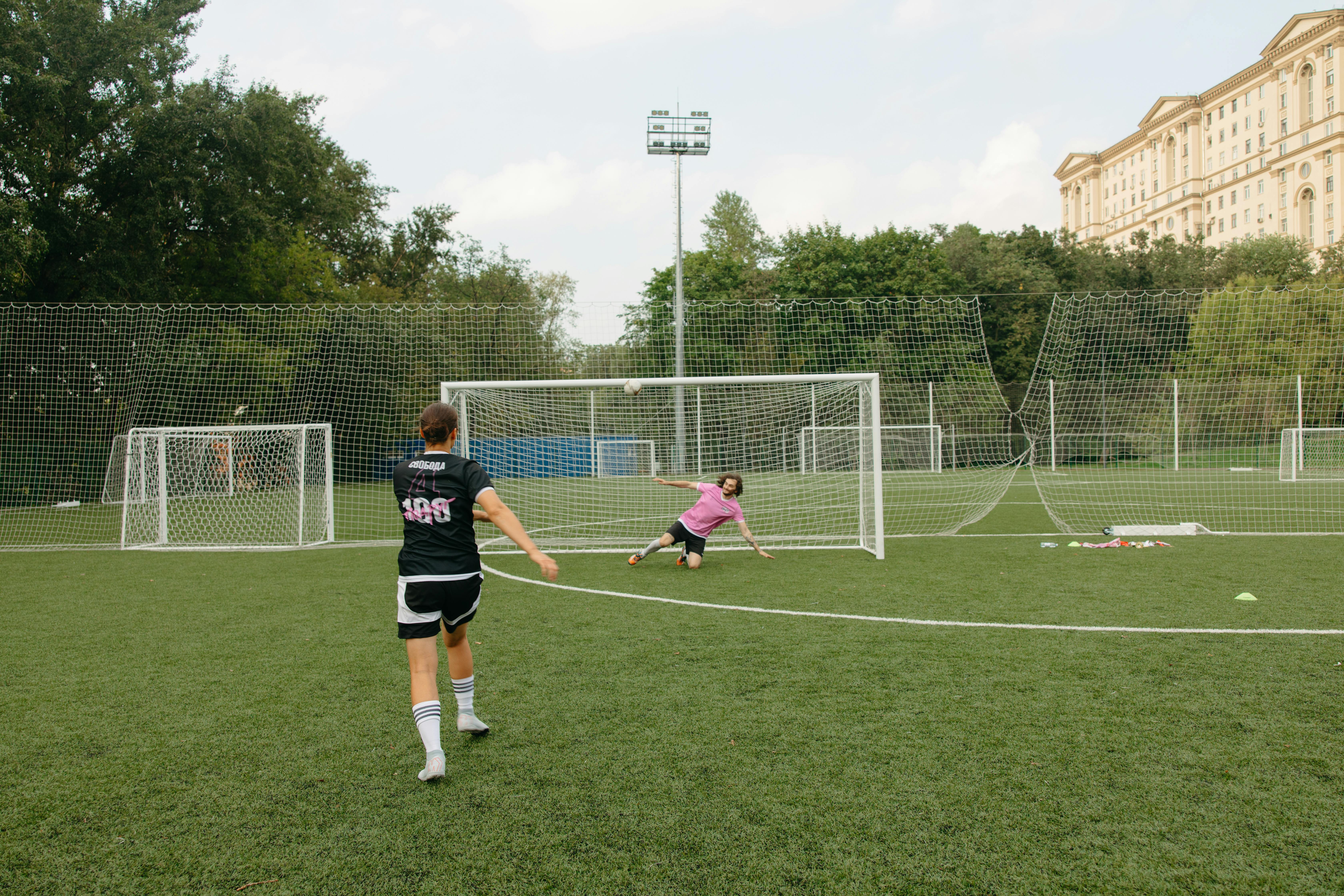
Even professional players make these common errors:
- Telegraphing direction: Looking at your target spot before shooting
- Inconsistent approach: Changing your run-up pattern under pressure
- Poor plant foot placement: Placing your support foot too far from the ball
- Tensing up: Allowing nerves to create muscle tightness
- Rushing the process: Taking the kick before mentally ready
Avoiding these mistakes can immediately improve your conversion rate.
How Top Professionals Take Their Penalties
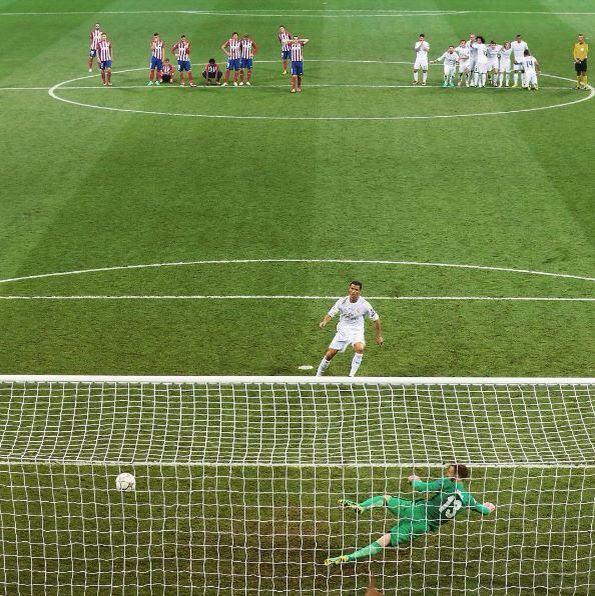
Studying the penalty techniques of world-class players provides valuable insights.
Case Studies of Penalty Specialists
Jorginho's Hop Technique:
- Short run-up with a distinctive hop before contact
- Waits for goalkeeper movement before deciding direction
- Relies on precision and timing rather than power
Cristiano Ronaldo's Power Approach:
- Long, confident run-up
- Plants non-kicking foot firmly
- Combines power with placement
- Uses body shape to disguise target
Megan Rapinoe's Deception Strategy:
- Consistent approach
- Uses subtle body cues to mislead the goalkeeper
- Varies target corners but maintains identical technique
Training Drills to Improve Your Penalty Success Rate
Consistent practice is essential to master the penalty kick.
Solo Practice Drills
- Target Practice: Place cones in the corners of the goal and aim for them
- Pressure Simulation: Create artificial pressure by setting consequences for misses
- Visualization Exercise: Practice mentally taking penalties before physical execution
- Variable Distance Training: Practice striking from different distances to build versatile technique
Team Practice Scenarios
- Pressure Penalties: Take penalties after physical exertion to simulate game conditions
- Goalkeeper Battle: Practice against live goalkeepers with increasing difficulty
- Penalty Shootout Simulation: Recreate high-stakes tournament scenarios
Our soccer training guide offers more comprehensive drills for all skill levels.
When to Use Power vs. Placement in Penalties
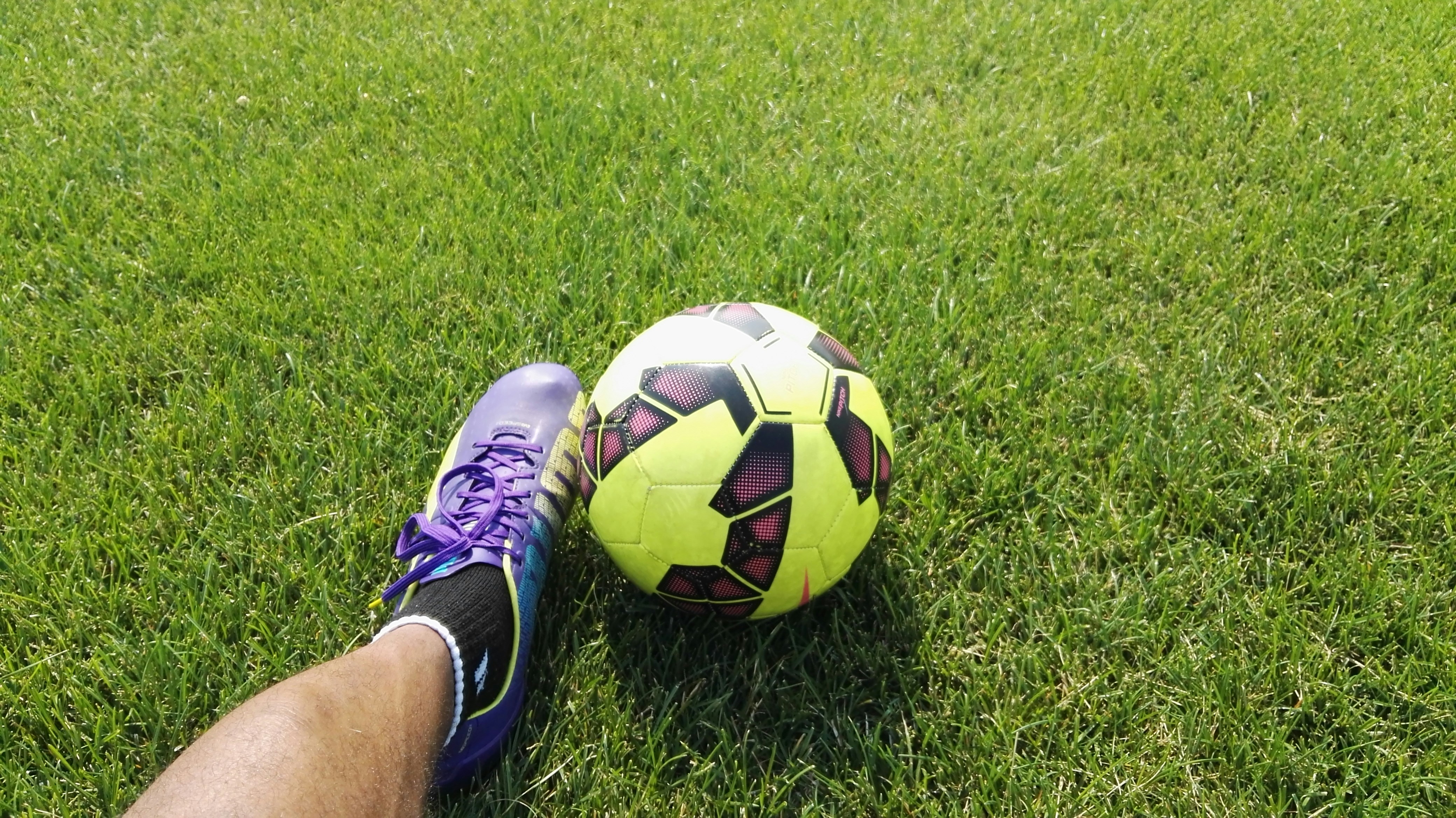
Understanding when to prioritize power or placement is crucial for penalty success.
Power Penalty Advantages:
- Less time for goalkeeper reaction
- More difficult to save even if the direction is anticipated
- Less affected by uneven field conditions
Placement Penalty Advantages:
- Higher accuracy potential
- Lower risk of missing the target completely
- More effective against athletic goalkeepers who rely on reflexes
Decision Factors:
- Goalkeeper size and agility
- Weather and field conditions
- Your personal technical strengths
- Match situation and pressure level
Mental Strategies for High-Pressure Situations
The psychology of penalty kicks becomes even more important in high-stakes situations.
Controlling Nerves
- Breathing techniques: Deep, controlled breathing regulates heart rate
- Positive visualization: Picture successful execution
- Routine reliance: Trust your practiced routine
- Distraction management: Focus on process, not consequences
Decision Commitment
Research shows that penalties with committed decisions before the run-up have higher success rates:
- Decide on direction and technique before stepping up
- Avoid second-guessing during your approach
- Trust your preparation and scouting
For more on soccer psychology, check out our mental training guide.
Advanced Techniques for Experienced Players
Once you've mastered the basics, consider these advanced penalty strategies.
Deception Techniques
- The look-away: Look at one corner but shoot to the other
- The pause: Momentary stop during run-up to disrupt goalkeeper timing
- The variable pace: Change speed during approach to create uncertainty
The Panenka
Named after Czech player Antonín Panenka, this technique involves:
- Standard run-up approach
- Delicate chip down the middle
- Relies on goalkeeper committing to a dive
- High risk, high reward strategy
Warning: Only attempt advanced techniques after mastering fundamental skills and in appropriate game situations.
Goalkeeper Psychology: What You Need to Know
Understanding how goalkeepers think gives penalty takers a significant advantage.
Goalkeeper Tendencies
- Most goalkeepers have a natural diving preference
- Taller goalkeepers often struggle with low shots
- Right-handed goalkeepers may have quicker reactions to their right side
Psychological Pressure
- Goalkeepers feel less pressure as they're not expected to save penalties
- This freedom sometimes allows more creative and unexpected movements
- Some goalkeepers use distraction tactics before the shot
Reading Goalkeeper Tells
Watch for subtle cues:
- Weight distribution before the kick
- Slight lean in preferred diving direction
- Arm position and tension
- Timing of focus shifts between ball and player
Adapting Your Technique for Different Conditions
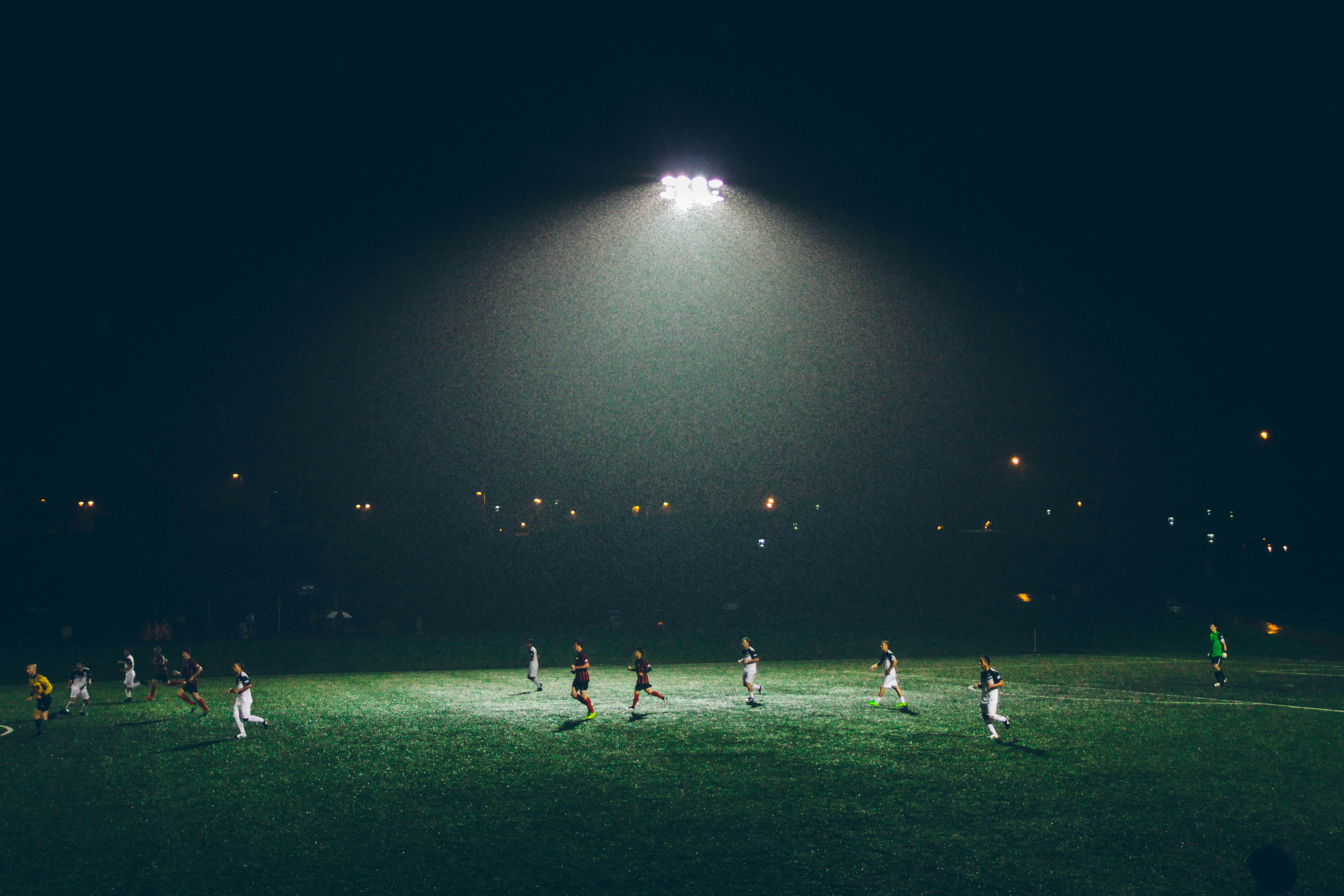
Environmental factors significantly impact penalty execution.
Weather Considerations
- Wet conditions: Reduce power slightly and focus on clean contact
- Windy situations: Account for ball movement and adjust target accordingly
- Extreme heat: Ball travels faster but requires more precise contact
Field Quality Factors
- Uneven penalty spot: Adjust ball placement to find flat surface
- Sandy or soft ground: Firm plant foot placement becomes crucial
- Hard surfaces: Modulate power to prevent skidding shots
Frequently Asked Questions
What is the best technique to take a penalty kick?
The best penalty technique combines proper approach, plant foot placement, clean ball strike, and confident follow-through. While some players prefer power and others placement, the most important factor is confidence in your chosen method. Research shows penalties struck to the upper corners have the highest success rate (over 90%), but they also carry greater risk of missing the target entirely.
Does a penalty kick need to be powerful?
No, a penalty kick doesn't necessarily need to be powerful to be effective. While power reduces goalkeeper reaction time, well-placed penalties to the corners are statistically more successful. The key is finding your personal balance between power and accuracy. Many professional players opt for placement over power, especially in high-pressure situations.
How can I improve my penalty kick accuracy?
Improving penalty accuracy requires consistent practice focusing on plant foot placement, strike technique, and follow-through. Set up targets in the goal corners and practice hitting them repeatedly. Gradually add pressure elements like fatigue or audience distractions. Additionally, recording your practice can help identify technical issues affecting accuracy.
What's the proper run-up distance for a penalty kick?
The ideal run-up distance for most players is 5-6 steps back from the ball. This provides sufficient momentum while maintaining control. While some professionals use longer approaches, research indicates that excessive distances can reduce accuracy. Experiment to find your optimal distance that balances power generation with technical control.
How do I decide which corner to aim for?
Corner selection should consider multiple factors: goalkeeper tendencies, your stronger side, and pressure circumstances. Analysis shows right-footed players generally have higher success rates aiming for the goalkeeper's right corner. However, the best strategy is developing confidence in multiple target areas to remain unpredictable.
Is it better to wait for the goalkeeper to move first?
Waiting for goalkeeper movement (the "keeper-dependent" approach) can increase success rates but requires excellent composure and quick decision-making. Research indicates this strategy improves conversion rates by 5-10% but also increases the risk of hesitation and telegraphing. Only use this approach if you've practiced it extensively.
How do I handle the pressure of taking a penalty in an important match?
Managing pressure comes through preparation, routine, and mindset. Develop and trust a consistent pre-shot routine. Practice visualization techniques imagining successful execution under pressure. Focus on your process rather than the outcome. Remember that even professional players miss penalties occasionally – perfectionism increases pressure unnecessarily.
Should I change my penalty technique if I've recently missed?
Psychology research suggests maintaining your proven technique despite recent misses is generally better than making significant changes. Minor adjustments addressing specific technical issues are appropriate, but complete technique overhauls under pressure often reduce success rates. Trust your training and focus on execution quality.
Can I look at the goalkeeper during my run-up?
Yes, glancing at the goalkeeper during your approach can provide valuable information about their positioning and movement. However, fixating on the goalkeeper excessively may distract from your technique. The optimal approach includes a quick assessment followed by focus on quality execution. Many top penalty takers briefly observe the goalkeeper before returning attention to the ball.
What's the best way to practice penalties without a goalkeeper?
Effective goalkeeper-free practice involves target specificity and pressure simulation. Place targets (cones, towels, or markers) in goal corners and aim consistently at them. Introduce artificial pressure by creating consequences for misses or rewards for success. Additionally, visualization techniques can help prepare for the psychological aspects of real penalty situations.
Conclusion
Mastering how to take a penalty kick requires technical skill, psychological preparation, and consistent practice. By understanding the fundamental mechanics, developing a reliable routine, and implementing strategic approaches, you can significantly improve your success rate from the penalty spot.
Remember that even the world's best players miss penalties occasionally. What separates great penalty takers from average ones isn't perfection but resilience – the ability to maintain confidence and technique despite occasional setbacks.
Whether you're taking penalties in a championship final or a weekend recreational match, the principles remain the same: prepare thoroughly, commit fully to your decision, execute with confidence, and learn from each experience.
For more soccer skill development guides and training resources, visit City Champions and explore our comprehensive player development programs.
Ready to take your soccer skills beyond penalty kicks? Join City Champions to become a well-rounded player. From technical fundamentals to advanced tactical understanding, we've got you covered!
